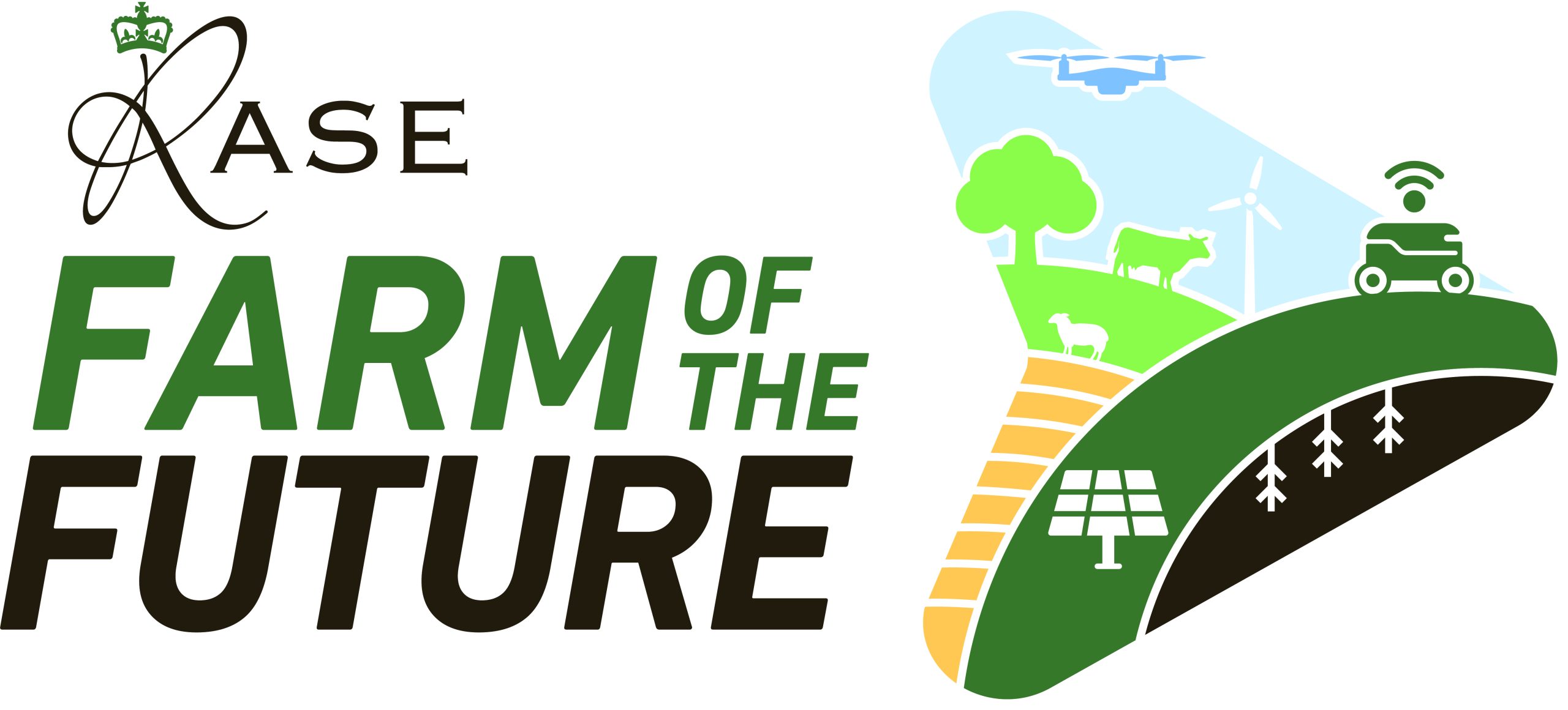Many farms have invested in solar photovoltaics (PVs) largely encouraged by the Feed in Tariff scheme introduced in 2010. Many farm barn roofs as well as ground-mounted systems are now operating and are providing a sound return on investment.
Since the demise of the Feed in Tariff scheme, the number of small scale (sub 50 kWe) solar and wind installations on farms has declined significantly. However, reduced component costs combined with the steady increase in mains grid electricity costs and more cost-effective farm and grid scale battery storage solutions will still enable more farms to capitalise on the opportunity to supply ‘home grown’ or decentralised energy.
In total, solar PV capacity in the UK now sits at 15.6% in 2025 up 11.4% on 2020 levels. Solar Energy UK notes that all three solar markets – residential rooftop, commercial scale and ground-mount – are seeing stable growth without the assistance of subsidies.
Solar PV on farmland
Use of farmland for larger solar parks, occupying 25 ha or more, continues to expand – exporting to the national power grid or directly feeding into heavy electrical or transport demand hubs. Such installations will provide an increasing share of renewable energy to the national grid – along with onshore and offshore wind.
In most cases, farms receive a negotiated payment per acre/ hectare for the use of the land for between 25 – 40 years. But such sites need more emphasis on good installation practice demonstrating the balance in land use terms between technology, plant diversity and integrated livestock grazing.
Agro-photovoltaics (or Agri-PV) is a relatively new mounting technology which enables the use of agricultural land for both food production and solar power generation at the same time.
Although these mounting structures are more expensive to begin with, the shading that the PV system provides can (in some areas) enable lower water use and higher crop yields, along with renewable energy generation.
Developing solar energy technology
Further advances in solar capture technology can be expected, as well as continuing reductions in the cost of components due to mass production or alternative, cheaper materials. Emerging innovations will include solar photovoltaic thermal hybrid panels (PVT) – with the capacity to generate both electrical and thermal energy. The installation of on-farm battery storage on a large (>1MW scale) will enable better management of grid demand and also provide an additional income source to farms.
Increasingly, small systems are being provided with battery storage to power increasing electrification of energy. Because of this, power inverters, which change DC to AC current, are changing, too. Solar panels modules are being increasingly integrated with micro inverters, particularly for bifacial modules, i.e., modules which can generate on both sides of the panel. Hybrid inverters for solar and storage systems are increasingly being added to PV supplier’s portfolios. Panels have increased in power as well, with 500 watt modules becoming more commonplace and a 700 watt power module being unveiled at a recent technology event.
The UK solar sector is experiencing a surge, with 2024s solar capacity rising 20% from 2023. 2025 is forecast to be one of the strongest years on record.
Nevertheless, recent high energy prices have underlined the need for localised energy production. Solar PV coupled with battery storage is a critical gateway technology which enables the introduction of further farm decarbonisation measures (e.g. heating, small vehicles, pumping) through electrification.
Case study
Combining Wind, Solar and Storage Technologies to Maximise On-site Energy Use

Shropshire farm with EOS X-16 wind turbine producing 75,000 kWh/year.
Eocycle Technologies is a Canadian-based wind turbine manufacturer and systems integrator. Eocycle has reduced the Levelised Cost of Energy (LCOE) of smaller wind systems to below the tariffs charged for electricity in the US and Europe. As farms electrify, they are realising that they need more capacity than the grid can supply.
Their solution is to bring together Wind plus Solar plus Storage (named WS2) which enables farmer generators to avoid exceeding their grid constraints. This effect is magnified as farmers strive for resilience and independence. Large agricultural corporates are eager to help their supplier farms in their decarbonisation efforts. Cost savings of around £170/tCO2e can be made by farms that electrify (and this is excluding the better electricity tariffs they get from owning their own supply).
Distributed renewable energy infrastructure is a new, untapped investment opportunity, and an essential part of the process of decarbonizing agriculture and electrifying farms. Eocycle’s WS2 solution, which consists of their patented wind turbine technology combined with solar and storage, is breaking grid parity and moving away from centralised, outdated power generation.
Electrification and decarbonisation is by no means the complete solution to reducing agriculture’s greenhouse gas footprint. A diverse range of measures must be taken, from improving fertilisation practices to optimising animal feed mix. However, decarbonisation through on-farm electrification may be a cost-effective solution with immediate impact, allowing farmers to produce the world’s food while protecting the planet.
